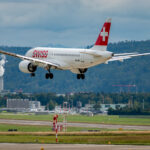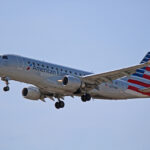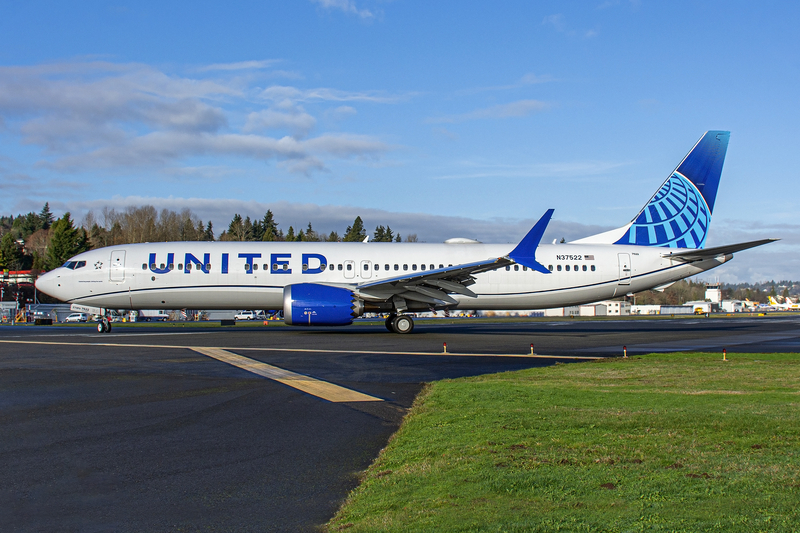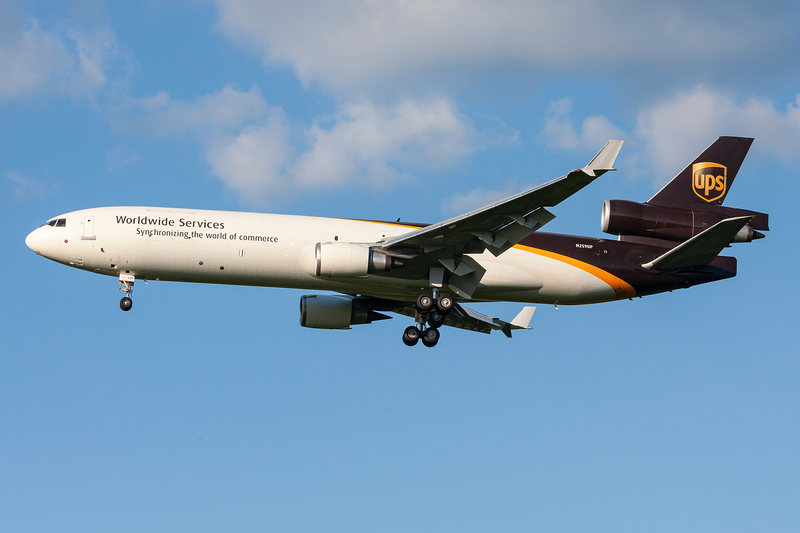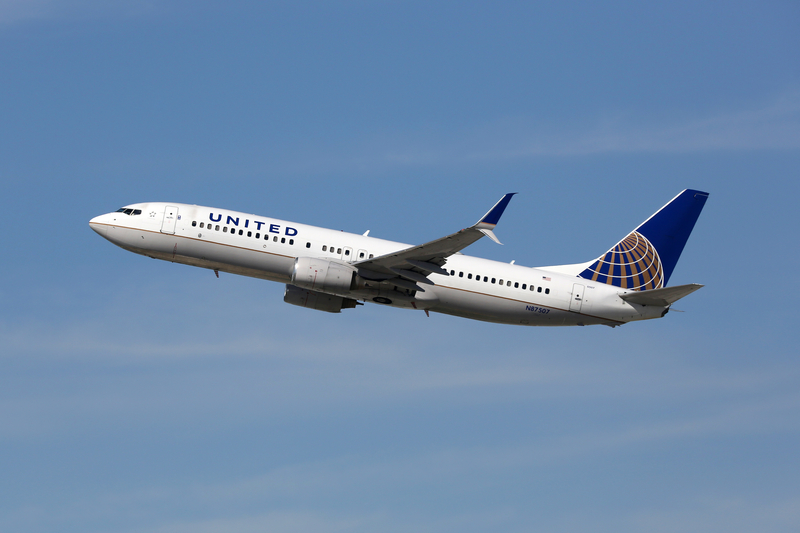American Eagle E175 Diverts To Columbus After Cockpit Windshield Crack
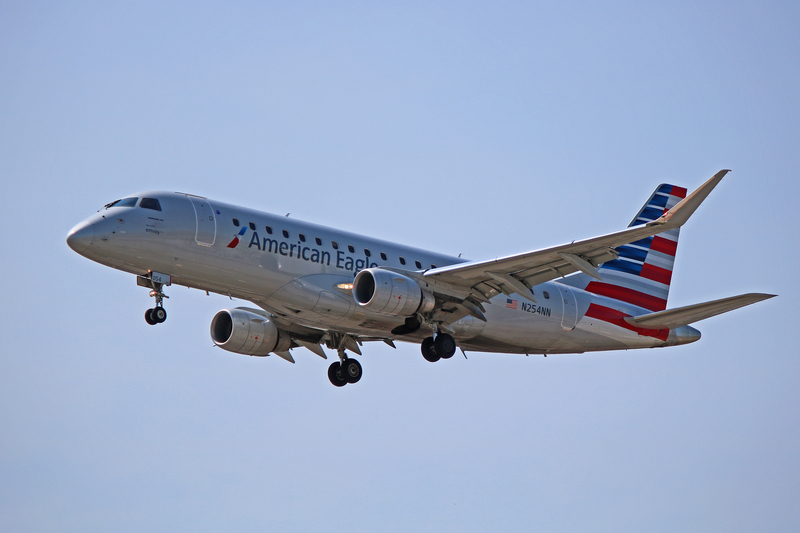
ID 137842314 | Air © Tom Samworth | Dreamstime.com
Quick facts
-
Flight: American Airlines AA4435 (callsign Brickyard 4435) operated by Republic Airways for American Eagle
-
Route: Chicago O’Hare (ORD) → Washington Reagan National (DCA)
-
Diversion: Columbus (CMH) after an outer cockpit windshield pane cracked on the first officer’s side
-
On board: 80 passengers and crew, ~6,500 lbs fuel reported to ATC
-
Outcome: Safe landing at CMH; aircraft removed from service; passengers reaccommodated and departed CMH ~2:19 a.m. ET, arriving DCA after 3 a.m. ET
What happened
AA4435 was scheduled to leave ORD 7:30 p.m. CT but pushed back late amid ATC delays, taking off around 9:26 p.m. CT. Enroute to DCA, the crew reported the outer ply of the FO-side windshield had cracked. With the inner pane intact and pressurization unaffected, the crew declared an emergency and diverted to Columbus (CMH) as a precaution.
The diversion and response
Approach control vectored the flight for the ILS to Runway 28L at CMH. After a normal landing, the aircraft stopped clear of gates for inspection. No injuries were reported. The aircraft was taken out of service, and passengers were moved to a replacement aircraft, which departed CMH at ~2:19 a.m. ET and arrived DCA after 3 a.m. ET.
Why a cracked windshield doesn’t mean depressurization
Transport-category cockpit windows are laminated, multi-ply structures designed with fail-safe capability. If a single outer ply cracks, the remaining plies retain pressure and structural load, allowing crews to descend, slow, and divert per procedure. That’s why events like this typically result in a precautionary diversion rather than an immediate emergency landing.
Aircraft & operator
AA4435 was operated by Republic Airways under the American Eagle brand, using an Embraer 175 series regional jet on the ORD–DCA shuttle. Republic’s callsign “Brickyard” was used throughout the ATC handling.
Passenger impact
The diversion pushed arrival into the early-morning hours at DCA, but American reprotected passengers onto the substitute aircraft from CMH the same night. Given the late departure from ORD and the diversion, total delay stretched past five hours for many customers.
Bottom line
An outer-pane cockpit windshield crack on an American Eagle E175 prompted a precautionary diversion to Columbus. The flight landed safely, the jet was pulled from service, and customers continued to DCA on a substitute aircraft. Thanks to the windshield’s multi-ply design, the situation remained stable and manageable, underscoring how conservative design and standard procedures keep an in-flight anomaly from becoming a larger emergency.
